
The world is becoming more connected than ever — not just through people and devices, but through intelligent systems that think, learn, and act. The synergy between Artificial Intelligence (AI) and the Internet of Things (IoT) is reshaping industries across the globe, giving rise to what experts call the Artificial Intelligence of Things (AIoT).
At the heart of this transformation lies a crucial enabler: the IoT SIM card. These small but powerful components ensure every sensor, camera, vehicle, and machine can transmit data securely and reliably across borders. Combined with AI, SIM-enabled IoT connectivity turns raw data into actionable insights that save time, reduce costs, and improve performance.
Let’s explore how AI and IoT together — powered by reliable global SIM connectivity — are unlocking smarter decisions across industries.
The AI + IoT Connection
The Internet of Things connects the physical world to the digital one. Billions of sensors and devices collect real-time data about temperature, movement, pressure, health, energy, and more. But without intelligence, this data is just noise.
Enter Artificial Intelligence.
AI algorithms analyze the massive volumes of data generated by IoT devices, identify patterns, and predict outcomes. When these technologies converge, they create AIoT ecosystems capable of independent decision-making. Machines no longer just report problems — they can anticipate them, respond autonomously, and even optimize performance in real time.
The result? Smarter operations, higher efficiency, and reduced costs.
But this intelligence depends on seamless, always-on connectivity — exactly what IoT SIM cards provide.
Why SIM-Enabled Connectivity Matters
A SIM card may seem like a small component, but it’s the essential link between IoT devices and the cloud-based AI engines that process their data.
Here’s why the type of SIM you choose makes a huge difference:
- Multi-Network Access: IoT SIMs, especially no-steering types, automatically connect to the strongest network available. That ensures uninterrupted data flow, even in remote or cross-border environments.
- Global Coverage: A single IoT SIM profile can connect devices in 200+ countries, enabling truly global AIoT deployments.
- Security: IoT SIMs provide encrypted connections, private static IPs, and VPN options, keeping data safe during transmission.
- Scalability: From hundreds to millions of devices, SIM-enabled connectivity scales effortlessly.
Without dependable data transmission, AI systems can’t make accurate, timely decisions. IoT SIMs are the invisible infrastructure that keeps the AIoT ecosystem running.
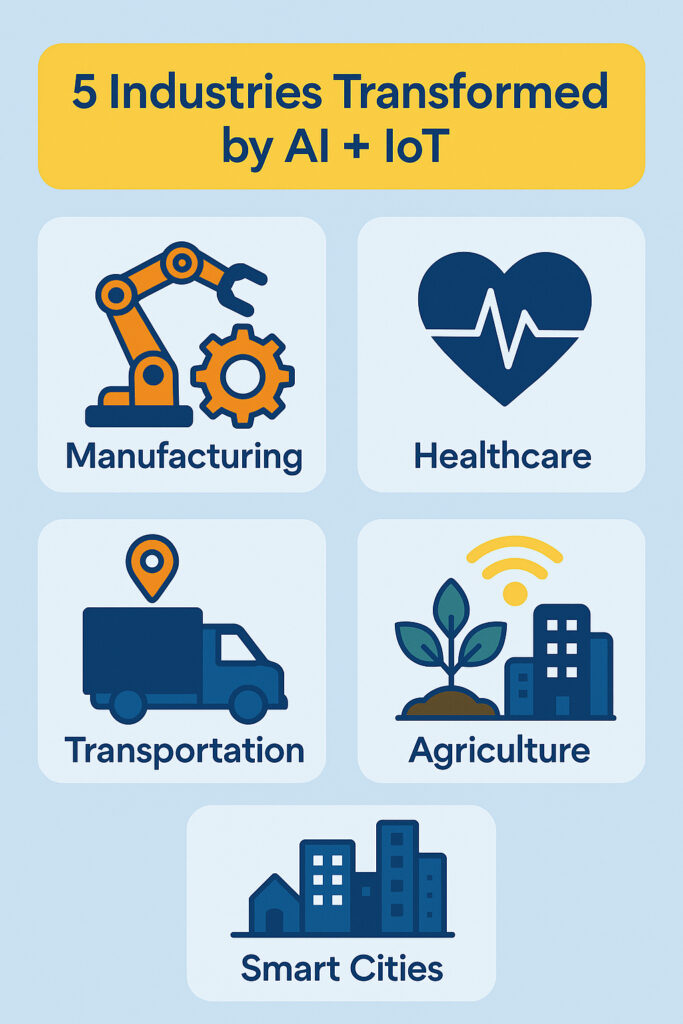
1. Smarter Manufacturing and Predictive Maintenance
In manufacturing, IoT sensors continuously monitor machinery performance — tracking vibration, temperature, and output levels. AI analyzes these streams of SIM-enabled data to predict when a component is likely to fail.
This predictive maintenance model reduces downtime, saves maintenance costs, and extends equipment life.
For example:
- A factory might detect subtle changes in motor vibration, prompting maintenance before breakdowns occur.
- AI systems learn over time which anomalies indicate real problems, further refining predictions.
The financial impact is huge. A McKinsey study found that AI-driven predictive maintenance can reduce equipment downtime by up to 50% and increase asset lifespan by 20–40%.
The glue holding this together? Reliable IoT SIM connectivity that ensures data reaches the AI platform without delay or loss.
2. Connected Vehicles and Smart Transportation
Modern vehicles are rolling computers equipped with hundreds of sensors. They depend on IoT SIM cards to transmit telematics data — location, engine health, driver behavior, and more — back to central AI systems.
AI then uses that data to:
- Optimize routes and fuel consumption.
- Detect unsafe driving patterns in real time.
- Predict and prevent mechanical issues before they cause accidents.
In logistics fleets, AI uses SIM-enabled IoT trackers to monitor deliveries, estimate arrival times, and reroute vehicles instantly in case of traffic or weather disruptions.
This combination of connectivity and intelligence reduces fuel costs, improves safety, and keeps goods moving efficiently across borders.
3. Smarter Cities and Infrastructure
AI and IoT together are redefining urban living. With IoT SIM cards embedded in smart meters, streetlights, parking systems, and public transit, cities collect data about usage and energy patterns.
AI then analyzes this data to make smarter decisions:
- Energy Management: Adjusting streetlight brightness based on real-time foot traffic saves millions in electricity costs.
- Traffic Optimization: AI analyzes SIM-enabled vehicle and sensor data to reduce congestion and emissions.
- Public Safety: Connected surveillance and emergency systems detect unusual behavior or hazards instantly.
By linking every sensor through IoT SIM connectivity, cities move closer to the dream of sustainable, efficient, citizen-friendly environments.
4. Healthcare and Remote Monitoring
Few industries benefit from AI + IoT as much as healthcare. From wearable devices that track heart rate and oxygen levels to hospital equipment that communicates automatically, SIM-enabled IoT ensures medical data flows securely to cloud-based AI systems.
AI analyzes patient data in real time to:
- Detect anomalies or early warning signs.
- Alert medical staff automatically.
- Personalize treatments based on historical trends.
For patients in remote regions, an IoT SIM card allows devices to transmit critical data even where Wi-Fi is unavailable. This can literally be life-saving connectivity.
5. Smart Agriculture and Environmental Monitoring
Farming has become a data-driven science. IoT sensors monitor soil moisture, temperature, nutrient levels, and weather. AI interprets this SIM-transmitted data to recommend when to water, fertilize, or harvest.
This combination helps farmers:
- Optimize resource usage (water, fertilizer, energy).
- Increase yields while reducing costs.
- Detect crop diseases early.
In large-scale agriculture and environmental monitoring, IoT SIMs provide wide-area coverage where traditional internet access doesn’t exist — keeping critical data flowing from the field to the cloud.
6. Energy, Utilities, and Grid Optimization
Utilities use IoT SIM-connected meters and sensors to track consumption and detect faults in real time. AI analyzes this information to:
- Balance loads across the grid.
- Predict peak usage patterns.
- Prevent energy theft and outages.
Combined with renewable energy data, AI systems can make smart grid decisions autonomously — redirecting energy from solar farms or wind turbines to where it’s needed most.
Reliable IoT SIM connectivity ensures the data that powers these AI decisions is delivered continuously and securely.
The Economic Impact of AIoT
When you combine IoT’s reach with AI’s analytical power, the economic potential is enormous. According to PwC, AI could contribute up to $15.7 trillion to the global economy by 2030, while McKinsey estimates IoT will add $4–11 trillion annually by 2025.
Businesses that integrate both technologies — and support them with the right SIM-based connectivity — enjoy faster decision-making, lower operational costs, and new revenue streams.
From predictive insights and automation to efficiency and sustainability, AIoT drives measurable ROI across nearly every industry.
The Role of OneSimCard IoT in AI-Driven Connectivity
At OneSimCard IoT, we understand that the success of AI-powered IoT deployments hinges on reliable, global, and secure connectivity. Our IoT SIM solutions are purpose-built to support AIoT systems at scale:
- Global, Multi-Network Access: 350+ networks across 200+ countries.
- No-Steering Technology: Devices automatically connect to the strongest available signal.
- Scalable Management Portal: Monitor data usage, manage SIMs, and deploy devices worldwide.
- Advanced Security: Private static IPs, VPN options, and encrypted data channels.
- Flexible Plans: Pooled and pay-as-you-go models for cost efficiency.
By keeping your devices online, your data secure, and your operations flexible, OneSimCard IoT helps organizations harness the full power of AI-driven IoT ecosystems.
Final Thoughts
The future belongs to companies that connect intelligence with action — AI with IoT. But intelligence is only as powerful as the data behind it.
With SIM-enabled IoT connectivity, every device becomes a source of insight, every decision becomes faster, and every operation becomes smarter. Together, AI and IoT are not just transforming industries — they’re redefining how the world works.
OneSimCard IoT: Smarter Connectivity for Smarter Decisions.

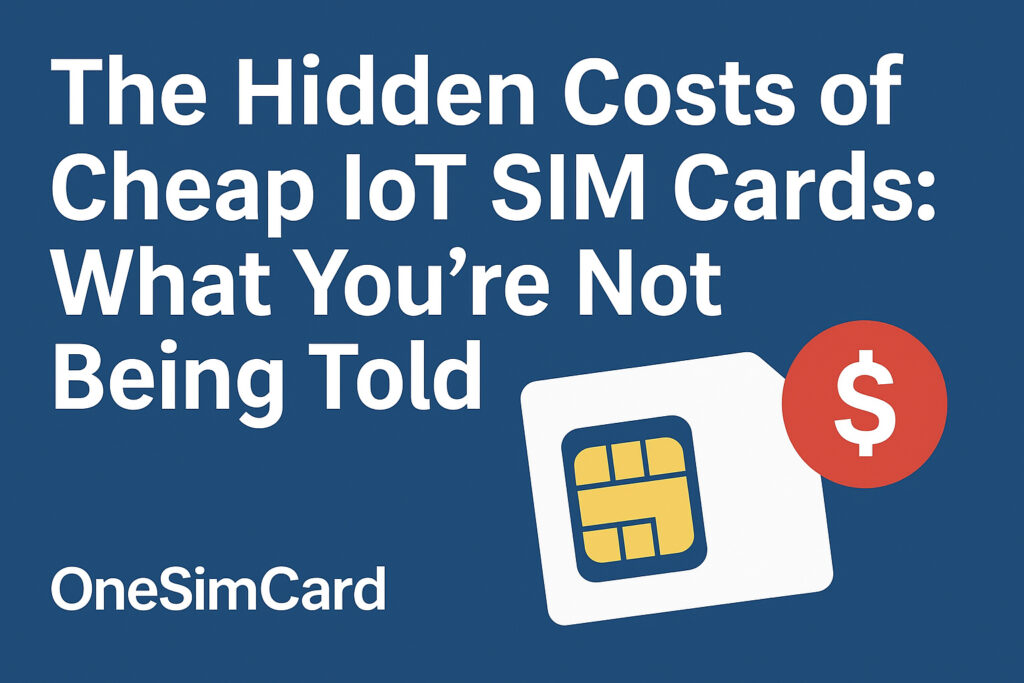
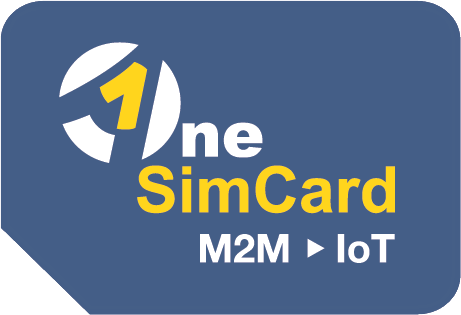

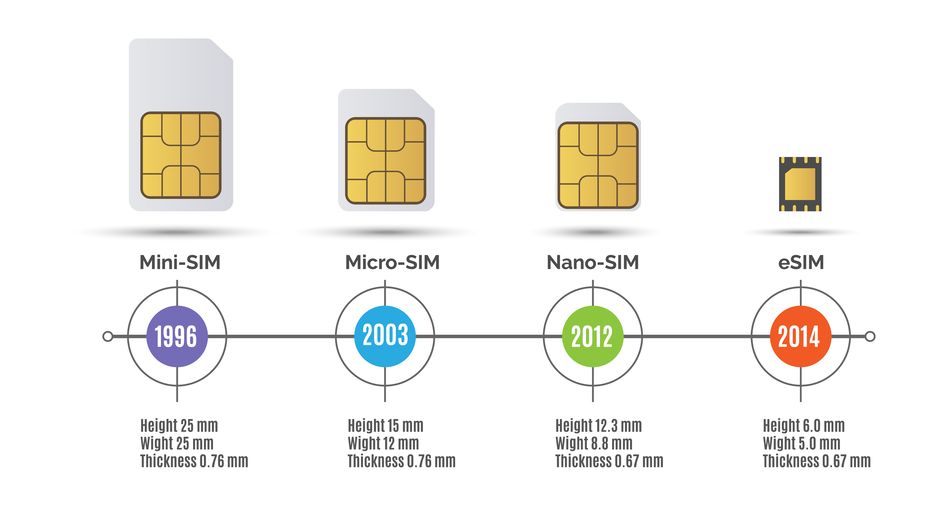
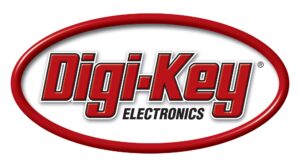 Digi-Key Electronics
Digi-Key Electronics